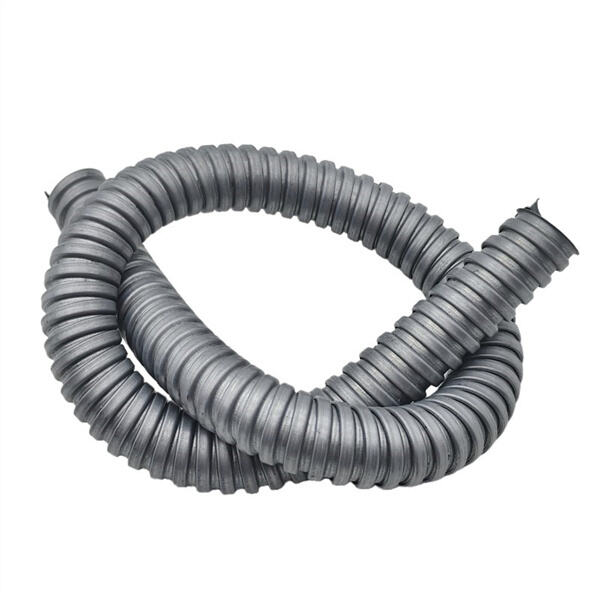Electrical flex conduit is a flexible piping that protecting wires and cables in electrical applications. It is constructed of a soft material so it can be bent and molded around corners or under impeding objects. That makes it perfect for use in tight areas where rigid tubing can do nothing to ease the installation.
There are many advantages to utilizing Anita electrical conduit fittings to cables and wires. A major advantage is that it prevents the wires from being damaged from sharp objects or too much bending. This may help to extend the life of the wires and prevent expensive repairs down the road. What's more, electrical flex conduit can even help to tidy all those wires up so you don't have a mess when troubleshooting something goes wrong.

With a few tools you can install electric flex conduit in your home or business. First, determine how much conduit you will need for your project. Next, you will need to cut the conduit to the appropriate length using a pipe cutter, or a hacksaw. The flexible metal electrical conduit can now be supported to the wall or ceiling with conduit clamps or straps. At last, insert the wires into the pipe and use some wire connectors to fix them.

When you are making a comparison among Anita electric flex conduit for all kinds of applications, it is necessary to take material, size and flexibility of the conduit into account. Some types of conduit are metallic while others are plastic. Metal conduit lasts longer and offers better protection for the wires, while plastic conduit is cheaper and easier to work with.

Inspect Electrical Flex Conduit Safety Inspect the Anita electrical flex conduit in your electrical system on a regular basis for signs of damage, wear, or tear including cracks or dents that may affect its operation. Should you find any damage, you need to replace the bendable metal conduit right away and save other hassles/issues. And be sure to strap the wires down within the conduit to prevent them from moving or getting damaged.